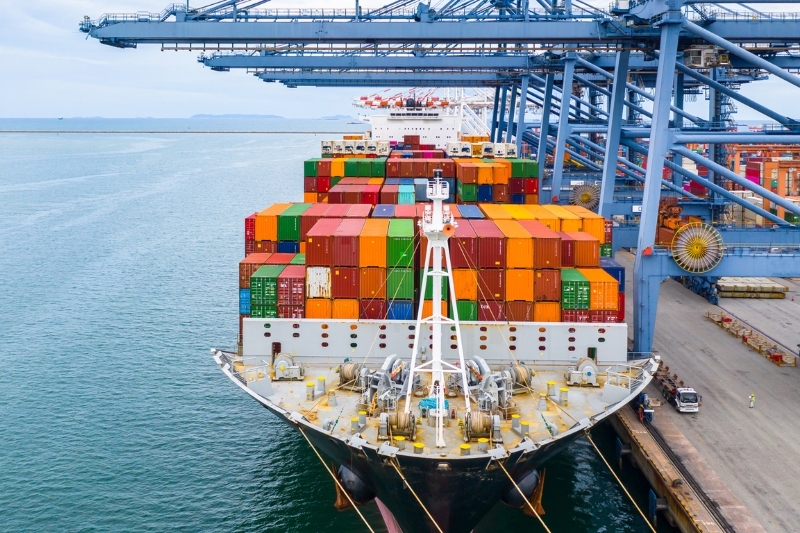
Vietnam aims to meet this year's export growth target of 8%
Latest
 |
| Vietnam aims to meet this year's export growth target of 8%.(Source: VGP) |
According to figures given by the Ministry of Industry and Trade, despite facing an array of difficulties due to the impact of the COVID-19 pandemic and the Russia-Ukraine conflict which pushed up fuel prices and transportation charges, exports and imports continued to see positive growth. This has therefore made an important contribution to macroeconomic stability and socio-economic development.
Over the past five months, total export turnover continued to maintain a high growth rate compared to the same period last year, with total import-export turnover estimated to stand at US$311 billion. Of the figure, export turnover hit an estimated US$156.5 billion, up 29.8% on the year, while imports reached US$155 billion, an annual rise of 22.6%.
The balance of trade in goods during the five months is estimated to have recorded a trade surplus of US$1.53 billion, thereby helping to increase foreign exchange reserves, stabilise exchange rates, and contribute to macroeconomic stability.
Among the three main growth pillars, including investment, export, and consumption, exports represent one of the important contributory factors to national GDP growth, this pillar continues to see strong growth, even over the past two years of suffering from the impact of the pandemic.
Most notably, 2021 saw export turnover reach US$336.3 billion, up 19% from the previous year, with a trade surplus of roughly US$ 4 billion, while in 2020, export turnover reached US$282.66 billion, up 7%, with a trade surplus of more than US$19 billion.
Deputy Minister of Industry and Trade Tran Quoc Khanh emphasised that exports still enjoy many growth opportunities, largely through free trade agreements (FTAs) coming into effect. Up to the present, enterprises have been utilising these FTAs for export activities.
Over recent months, export turnover to new markets in the Comprehensive and Progressive Agreement for Trans-Pacific Partnership (CPTPP), such as Mexico and Canada, have increased sharply. In addition, export turnover to the EU soared by over 22% after the first five months of the year and to ASEAN it expanded by more than 20%.
Despite recording high growth in some key markets and new markets, the Ministry of Industry and Trade said that it will strive to maintain a relatively cautious forecast for export turnover for the year ahead due to future risks.
However, one existential risk remains high global inflation. High inflation has forced many countries to gradually reduce the size of their economic stimulus packages, while simultaneously raising interest rates to curb inflation as a mean of reducing investment and consumption demand.
The second biggest risk can be viewed as supply chain disruption and raw material shortages, which are increasingly serious globally and stem from the serious political conflict between Russia and Ukraine, as well as China's zero-COVID policy.
For a long period, Vietnamese goods have been part of regional and global supply chains, meaning that when a problem occurs with the supply chain, exports will be duly affected.




















